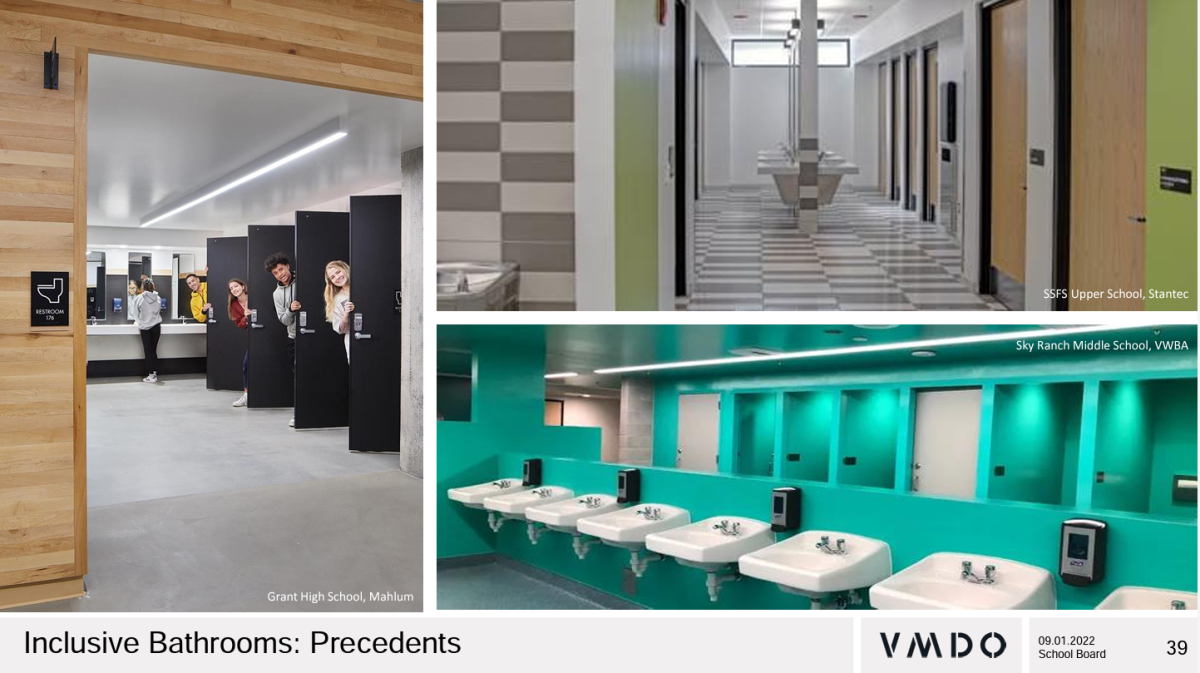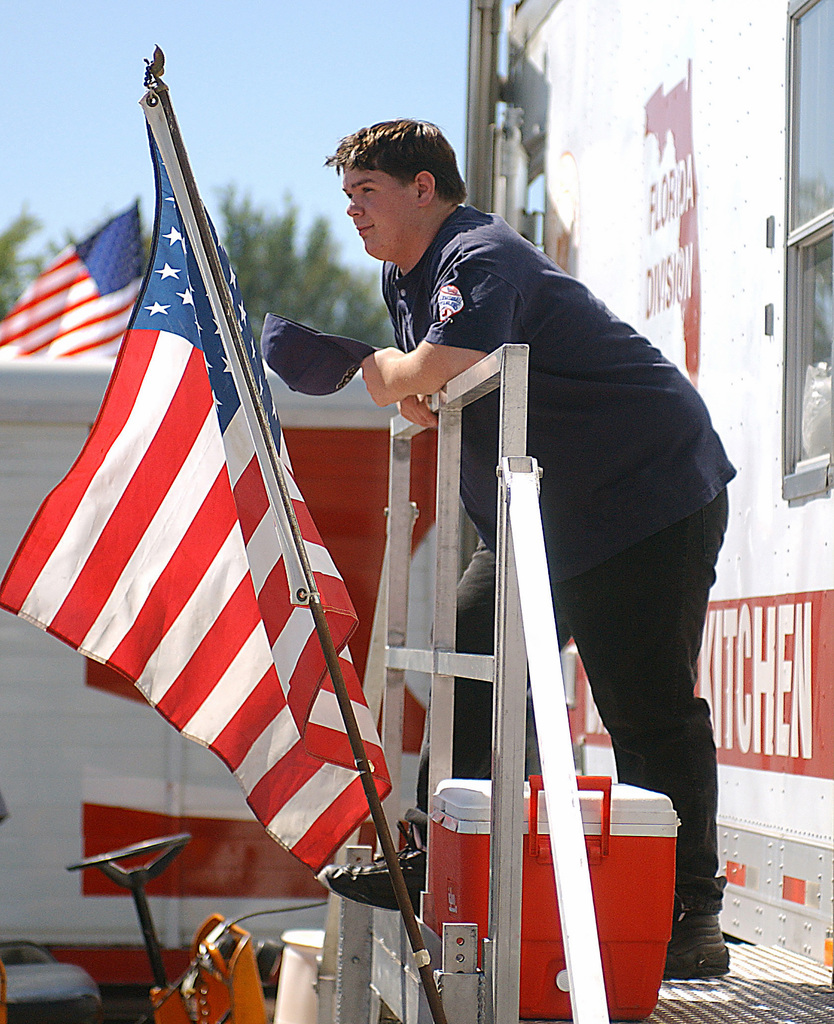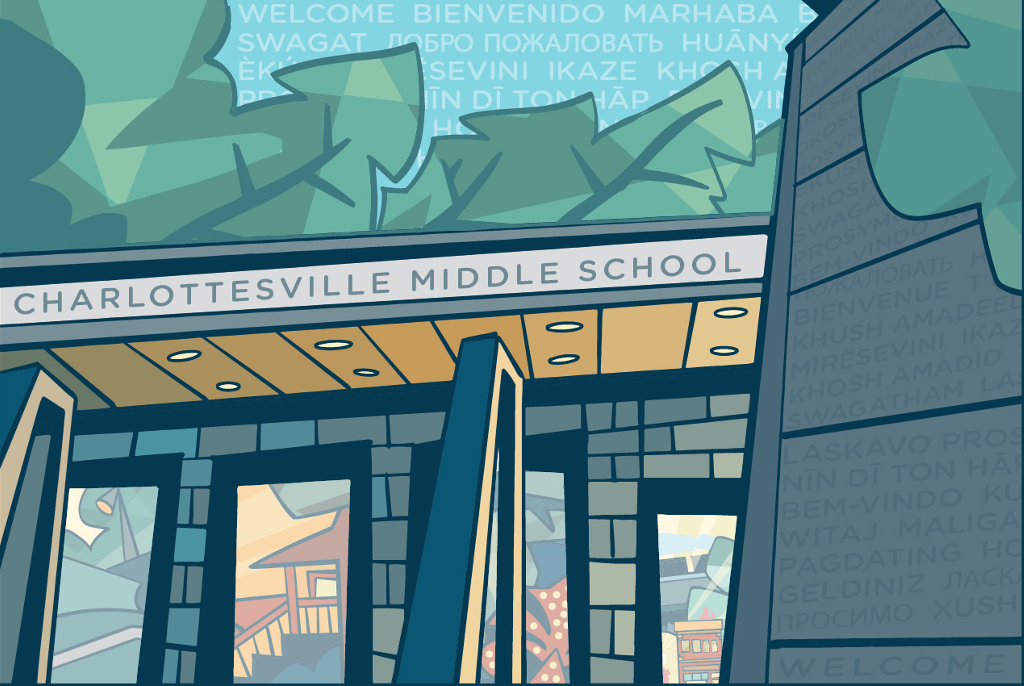Within the walls of CHS there are 10 student restrooms, 5 boys, 4 girls, and one gender neutral. There are two more faculty restrooms located in the A100s that are unlocked and are commonly used by students. All student restrooms are in significant disrepair, many have missing stall doors, locks, and soap dispensers, as reported by faculty and students in various surveys and interviews. Students at CHS are disgusted by the situations that they come across, particularly urine and toilet paper outside of the toilets/urinals. When interviewed, Kim Powell, the Chief Officer of Operations for the Charlottesville City school district brought up other concerns.
While acknowledging the issues within the CHS bathrooms, Ms. Powell felt it best to focus on solutions. “At the last school board meeting there was discussion about the latches not working in the restrooms. I don’t know whether or not there are open work orders on these things, but there is no reason why they shouldn’t be fixed” said Ms. Powell. Additionally, Ms. Powell said she would communicate with facilities about these issues and appreciates continued communication about issues along these lines.
The 10-10 rule that has been in place for some time has attempted to be a way of restricting students from being in the hallways and bathrooms outside of transition times, but this doesn’t account for the rest of the time. CSAs are constantly in the halls monitoring students trying to compensate where the 10-10 fails, working to prevent restricted activities like phone use and skipping, but this doesn’t effectively combat the events taking place inside the restrooms.
Bathroom safety in high schools is not an issue isolated to CHS. Albemarle High School is combatting similar issues involving damage and the use of nicotine/marjuana products. Albemarle set aside money and has completely redone their bathrooms by installing all single stalls with enhanced smoke detectors. Students at CHS ask for a similar response and when asked what to fix sophomore student Eleot Abrahamson put it simply, ”Everything!”.
Problems in CHS bathrooms are not a new thing but they were made exponentially worse by the “devious licks” trend of stealing various items from school that occurred 2 years ago. While the trend is no longer occurring the consequences remain. Considering the additional privacy of the bathrooms, they were subject to the worst damage and vandalism. During the course of a few months many stall doors, locks, and soap dispensers were either dismantled, broken, or stolen due to this social media phenomenon.
Student responses to this vandalism are mixed, some feeling it is expected and there is nothing to be done, and others knowing that students have the power to make this issue a priority and request certain maintenance issues be addressed. Stella Nemecek, a junior at CHS, feels that “there are no positive things about [the bathrooms]”, showing that students recognize the problems.
At the end of the day students, are the ones that use the restrooms and they over the course of several years have caused this damage, but plenty of the students that caused this damage don’t even go to school at CHS anymore. It leaves the issue of fixing the problems left behind by other students to the current ones. At this point the students at CHS believe the damage is too great for a student to fix and needs to be fixed by administration at CHS. This also means that students at CHS need to take care of the restrooms and not break locks and other items in the restroom because that is of course how the problem began.
During the last two years however, while the bathrooms have grown into increasing disrepair there is one item that has not been present in the restrooms and isn’t a direct result of student misuse: menstrual products. This is an item that is necessary for about half of the CHS population and is non-negotiable in terms of student need. Admin and students play a huge role in the restrooms at CHS, and while students may have caused the damage, they do not have the capability to fix it for other students.
With all of these problems comes the need for solutions. Ms. Powell has two plans, one short-term, and another long-term. Ms. Powell is aware of the problems plaguing CHS high school and it is a “Priority Project for [her]”, but there are many logistical issues. Her short term-plan is one that requires student involvement. She asks every student to be aware of their actions in the restrooms and be aware of the “Broken Window Effect” which is a concept that explains that in a place where there seems to be vandalism it gives students more permission to continue this pattern of destruction. In her opinion, this means that CHS students need to do their best, so when things like the locks are fixed they stay that way.
Ms. Powell has a long-term proposal for CHS students, one that is similar to Buford’s renovations involving the complete restructuring of the CHS restrooms. This will include all private stalls with functioning locks, and the plan is for them to be gender neutral. There is also a concept surrounding the feminine hygiene products being distributed and will hopefully implement a system where students can receive unlimited tokens from teachers and staff to use the dispensers as the restrooms, which will not be gendered the way they are currently. Ms. Powell will attest to several meetings held with architects and that the main issue is that it requires construction that cannot be conducted during the standard school year and that summer school is held at CHS during the summer.
Recently, the bathrooms were inspected by the division staff, and since October 17, many repairs have been made or are in progress. Ms. Powell would like all CHS students to know that the short term issues are important and can be directly reported to her at [email protected] and hopefully help students in the short term while she works to get a timeline for the CHS bathroom renovations.









